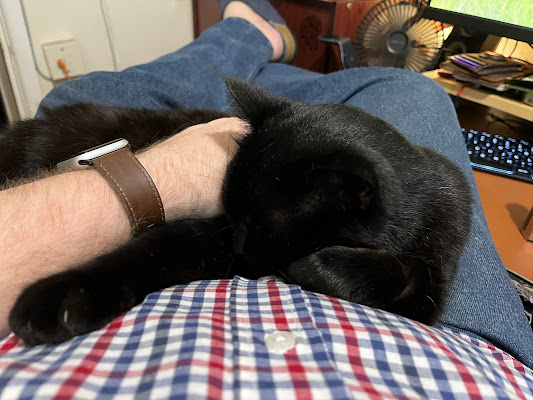DirectX 11 announced
Microsoft released a handful of details about DirectX 11. Features include new shader technology that begins to allow developers to position GPUs as more general-purpose parallel processors, rather than being dedicated solely to graphics processing; better multi-threading capabilities; and hardware-based tesselation. The good news is that there will be no new hardware requirements, so DirectX 10 hardware should be DirectX 11 compatible.
Similar to DirectX 10, the software will be available only on Windows Vista and future versions of Microsoft's operating system. DirectX 11 will add new compute shader technology that Microsoft says will allow GPUs to be used "for more than just 3D graphics," allowing developers to utilize video cards as parallel processors.
DirectX 11 will support tessellation, a feature which can potentially assist developers in making models appear smoother when seen up close. Multi-threaded resource handling is also incorporated, making it easier for games to utilize multi-core processors in a user's machine.
Microsoft also disclosed that DirectX 11 will add features to existing DirectX 10-compatible hardware, though it was not immediately clear what those features may be.
A launch date for the new software was not provided, though Microsoft is expected to release more information in the near future. The bullet points, as provided by Microsoft, are listed below.
* Full support (including all DX11 hardware features) on Windows Vista as well as future versions of Windows
* Compatibility with DirectX 10 and 10.1 hardware, as well as support for new DirectX 11 hardware
* New compute shader technology that lays the groundwork for the GPU to be used for more than just 3D graphics, so that developers can take advantage of the graphics card as a parallel processor
* Multi-threaded resource handling that will allow games to better take advantage of multi-core machines
* Support for tessellation, which blurs the line between super high quality pre-rendered scenes and scenes rendered in real-time, allowing game developers to refine models to be smoother and more attractive when seen up close
The most interesting feature in this lot might well be the parallel processing. Using your GPU to do the hard maths for stuff other than gaming. Your graphics card is well good at lots of small calculations. So I can imagine video encoding and other encryption tasks become real fast soon. Off loading these things to the GPU might very well see our poorts become a lot faster at the really tough stuff. pendragon
Similar to DirectX 10, the software will be available only on Windows Vista and future versions of Microsoft's operating system. DirectX 11 will add new compute shader technology that Microsoft says will allow GPUs to be used "for more than just 3D graphics," allowing developers to utilize video cards as parallel processors.
DirectX 11 will support tessellation, a feature which can potentially assist developers in making models appear smoother when seen up close. Multi-threaded resource handling is also incorporated, making it easier for games to utilize multi-core processors in a user's machine.
Microsoft also disclosed that DirectX 11 will add features to existing DirectX 10-compatible hardware, though it was not immediately clear what those features may be.
A launch date for the new software was not provided, though Microsoft is expected to release more information in the near future. The bullet points, as provided by Microsoft, are listed below.
* Full support (including all DX11 hardware features) on Windows Vista as well as future versions of Windows
* Compatibility with DirectX 10 and 10.1 hardware, as well as support for new DirectX 11 hardware
* New compute shader technology that lays the groundwork for the GPU to be used for more than just 3D graphics, so that developers can take advantage of the graphics card as a parallel processor
* Multi-threaded resource handling that will allow games to better take advantage of multi-core machines
* Support for tessellation, which blurs the line between super high quality pre-rendered scenes and scenes rendered in real-time, allowing game developers to refine models to be smoother and more attractive when seen up close
The most interesting feature in this lot might well be the parallel processing. Using your GPU to do the hard maths for stuff other than gaming. Your graphics card is well good at lots of small calculations. So I can imagine video encoding and other encryption tasks become real fast soon. Off loading these things to the GPU might very well see our poorts become a lot faster at the really tough stuff. pendragon
